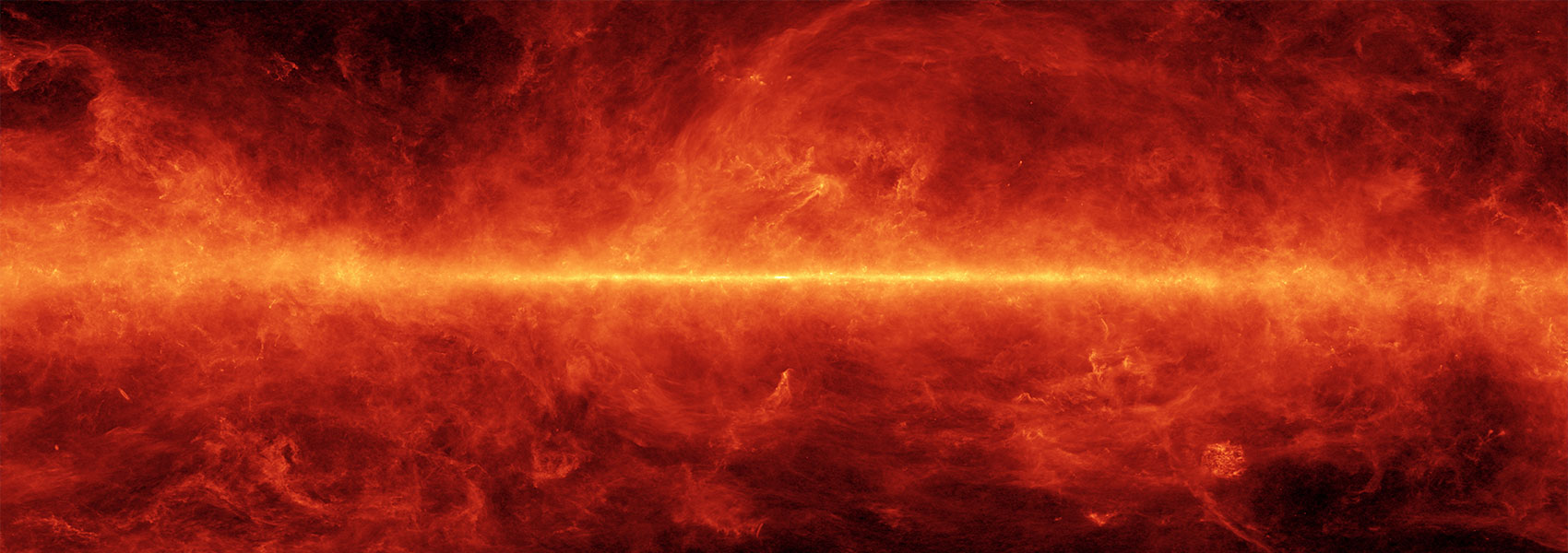November
2019
•
2019A&A...631A..85E
Authors
•
Euclid Collaboration
•
Barnett, R.
•
Warren, S. J.
•
Mortlock, D. J.
•
Cuby, J. -G.
•
Conselice, C.
•
Hewett, P. C.
•
Willott, C. J.
•
Auricchio, N.
•
Balaguera-Antolínez, A.
•
Baldi, M.
•
Bardelli, S.
•
Bellagamba, F.
•
Bender, R.
•
Biviano, A.
•
Bonino, D.
•
Bozzo, E.
•
Branchini, E.
•
Brescia, M.
•
Brinchmann, J.
•
Burigana, C.
•
Camera, S.
•
Capobianco, V.
•
Carbone, C.
•
Carretero, J.
•
Carvalho, C. S.
•
Castander, F. J.
•
Castellano, M.
•
Cavuoti, S.
•
Cimatti, A.
•
Clédassou, R.
•
Congedo, G.
•
Conversi, L.
•
Copin, Y.
•
Corcione, L.
•
Coupon, J.
•
Courtois, H. M.
•
Cropper, M.
•
Da Silva, A.
•
Duncan, C. A. J.
•
Dusini, S.
•
Ealet, A.
•
Farrens, S.
•
Fosalba, P.
•
Fotopoulou, S.
•
Fourmanoit, N.
•
Frailis, M.
•
Fumana, M.
•
Galeotta, S.
•
Garilli, B.
•
Gillard, W.
•
Gillis, B. R.
•
Graciá-Carpio, J.
•
Grupp, F.
•
Hoekstra, H.
•
Hormuth, F.
•
Israel, H.
•
Jahnke, K.
•
Kermiche, S.
•
Kilbinger, M.
•
Kirkpatrick, C. C.
•
Kitching, T.
•
Kohley, R.
•
Kubik, B.
•
Kunz, M.
•
Kurki-Suonio, H.
•
Laureijs, R.
•
Ligori, S.
•
Lilje, P. B.
•
Lloro, I.
•
Maiorano, E.
•
Mansutti, O.
•
Marggraf, O.
•
Martinet, N.
•
Marulli, F.
•
Massey, R.
•
Mauri, N.
•
Medinaceli, E.
•
Mei, S.
•
Mellier, Y.
•
Metcalf, R. B.
•
Metge, J. J.
•
Meylan, G.
•
Moresco, M.
•
Moscardini, L.
•
Munari, E.
•
Neissner, C.
•
Niemi, S. M.
•
Nutma, T.
•
Padilla, C.
•
Paltani, S.
•
Pasian, F.
•
Paykari, P.
•
Percival, W. J.
•
Pettorino, V.
•
Polenta, G.
•
Poncet, M.
•
Pozzetti, L.
•
Raison, F.
•
Renzi, A.
•
Rhodes, J.
•
Rix, H. -W.
•
Romelli, E.
•
Roncarelli, M.
•
Rossetti, E.
•
Saglia, R.
•
Sapone, D.
•
Scaramella, R.
•
Schneider, P.
•
Scottez, V.
•
Secroun, A.
•
Serrano, S.
•
Sirri, G.
•
Stanco, L.
•
Sureau, F.
•
Tallada-Crespí, P.
•
Tavagnacco, D.
•
Taylor, A. N.
•
Tenti, M.
•
Tereno, I.
•
Toledo-Moreo, R.
•
Torradeflot, F.
•
Valenziano, L.
•
Vassallo, T.
•
Wang, Y.
•
Zacchei, A.
•
Zamorani, G.
•
Zoubian, J.
•
Zucca, E.
Abstract
•
We provide predictions of the yield of 7 < z < 9 quasars from the Euclid wide survey, updating the calculation presented in the Euclid Red Book in several ways. We account for revisions to the Euclid near-infrared filter wavelengths; we adopt steeper rates of decline of the quasar luminosity function (QLF; Φ) with redshift, Φ ∝ 10k(z - 6), k = -0.72, and a further steeper rate of decline, k = -0.92; we use better models of the contaminating populations (MLT dwarfs and compact early-type galaxies); and we make use of an improved Bayesian selection method, compared to the colour cuts used for the Red Book calculation, allowing the identification of fainter quasars, down to JAB ∼ 23. Quasars at z > 8 may be selected from Euclid OYJH photometry alone, but selection over the redshift interval 7 < z < 8 is greatly improved by the addition of z-band data from, e.g., Pan-STARRS and LSST. We calculate predicted quasar yields for the assumed values of the rate of decline of the QLF beyond z = 6. If the decline of the QLF accelerates beyond z = 6, with k = -0.92, Euclid should nevertheless find over 100 quasars with 7.0 < z < 7.5, and ∼25 quasars beyond the current record of z = 7.5, including ∼8 beyond z = 8.0. The first Euclid quasars at z > 7.5 should be found in the DR1 data release, expected in 2024. It will be possible to determine the bright-end slope of the QLF, 7 < z < 8, M1450 < -25, using 8 m class telescopes to confirm candidates, but follow-up with JWST or E-ELT will be required to measure the faint-end slope. Contamination of the candidate lists is predicted to be modest even at JAB ∼ 23. The precision with which k can be determined over 7 < z < 8 depends on the value of k, but assuming k = -0.72 it can be measured to a 1σ uncertainty of 0.07.
Links




